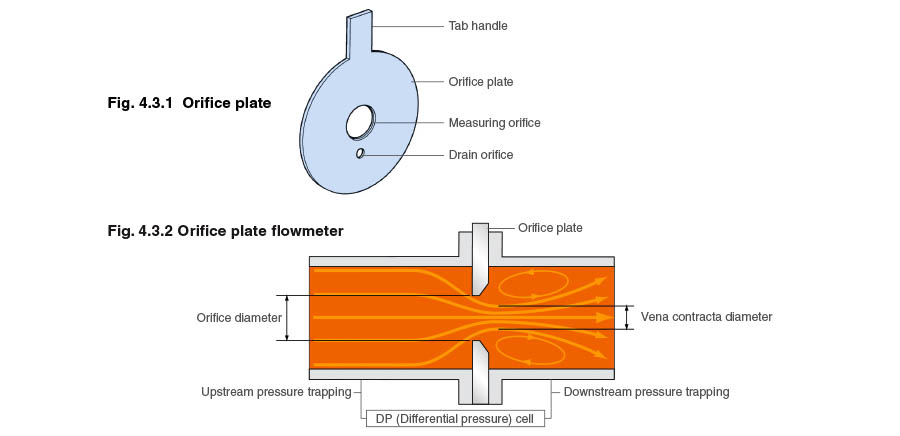Custody Transfer (also known as Fiscal Metering) in the oil & gas industry refers to the transactional transfer of a substance, raw or refined, from one party (owner) to another.
Typically when a custody transfer is taking place, the end goal is to determine the value or payment between two parties for the physical substance (gas or liquid) that has exchanged hands via pipeline. For that reason, the flow instrument that measures the total amount of product changing ownership can be viewed as a cash register between the two parties.
Flow measurements in typical process applications are focused around a repeatable value vs. direct accuracy of measurement. Meaning engineers and operators are OK with some level of inaccuracy as long as it is constant and repeatable. Because of the monetary value that changes hands in custody transfer, there can be a significant financial risk if a measurement has even the smallest of errors.
The level of risk involved in custody transfer applications has led to the regulation of fiscal metering in the oil and gas industry by using standards developed by organizations such as; NIST, API, AGA, etc. As well as others outside of the United States.
While the number of flow meter technologies used in process control today continues to grow, not all are suitable or industry-accepted for custody transfer. Here we look at 5 technologies that the petroleum industry has deemed suitable for fiscal metering applications.
Differential Pressure (orifice plates, Venturi tube, pitot tubes)

- As early as the 1920s, American Gas Association began studying custody transfer using Differential Pressure (DP) with orifice plates. DP measurements have been long used in process control, leading to an industry-wide understanding of how they work and the maintenance required to ensure they are properly functioning. However, they do require regular maintenance and do not provide a wide measurement range for applications with a large variance in flow rate. In addition, they do not typically provide the accuracy that is required for liquid custody transfer in the petroleum industry.
Turbine Meter
- 1981 the AGA, Transmission Measurement Committee, published Report #7 outlining the use of turbine meter technology in gas applications. This began an industry trend of transitioning to turbine meters for fiscal metering of gases, displacing many of the DP installations. Turbine meters were able to achieve equal or greater accuracy while measuring a wider range of flow rates as well as performing well in liquid applications where orifices may not have had flexibility.
Positive Displacement
- While the AGA is geared toward gas products, API tends to focus more on petroleum liquids. 1987 brought about the API publishing, MPMS 5.2; a report outlining the use of displacement flow meters in liquid hydrocarbon applications. PD meters are a great solution when used in small line sizes, and low flow rate applications. But similar to DP measurements they do create pressure drop, and because they are a mechanical technology, the moving part requires regular maintenance.
Coriolis
- Flow meters using the Coriolis effect measurement principle were developed as far back as the 1970s, however, it was not until 2002 that the API published its acceptance of use in custody transfer applications (API, MPMS 5.6). Today, Coriolis is a preferred technology for high-accuracy flow applications because of the ability to accurately measure both liquids and gases in a large range of line sizes (<1″ to >12″), the lack of moving parts, as well as the ability to make a direct mass flow measurement.
Ultrasonic
- Seen as one of the newer technologies in fiscal metering, AGA published Report #9 in 1998 outlining the use of multi-path ultrasonic flow meters in the measurement of natural gas in pipelines. Ultrasonic flow meters function on transit time measurement using ultrasound, providing a velocity of fluid being transferred. With high accuracy, high turndown ratio, and zero moving parts; they are ideal for natural gas lines ranging from 2″ to 40″ and larger. There is little to no pressure drop when using ultrasonic flow meters, which can improve the efficiency of pump stations used when transferring both liquid and gas products down pipelines.
Through development and testing, the petroleum industry has grown to accept a variety of technologies to be adequate for high the expectations of a custody transfer measurement. All these technologies have advantages along with their limitations, and each has its niche in the industry. And while we hope you found the information in this post informative, it is also important to understand that the full scope of a proper custody transfer system requires much more than simply installing a high-accuracy flow meter, a complete metering system would also need to include; flow computers, provers, sample analysis, etc…and we will look at explaining more about each of these components in future nugget posts.
